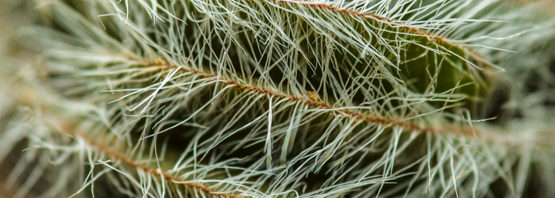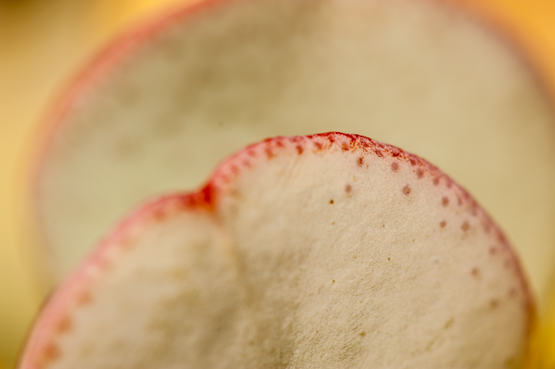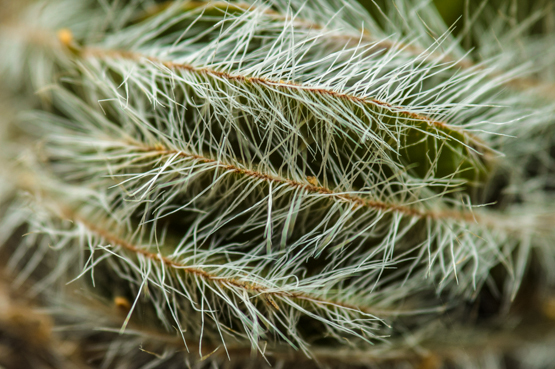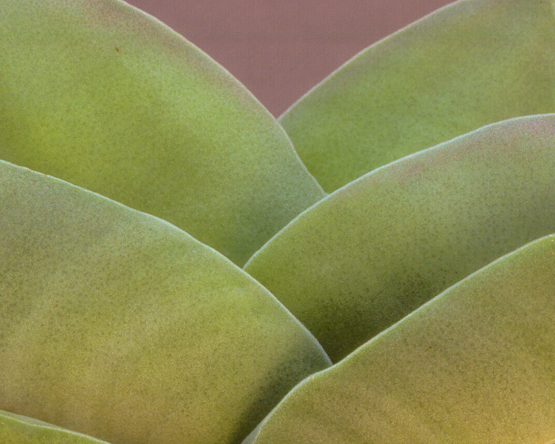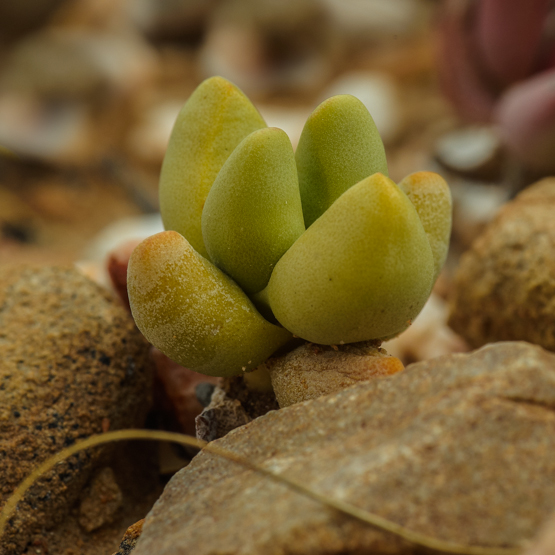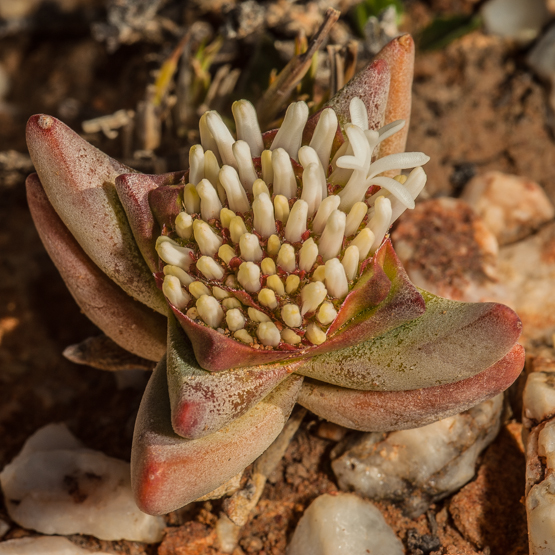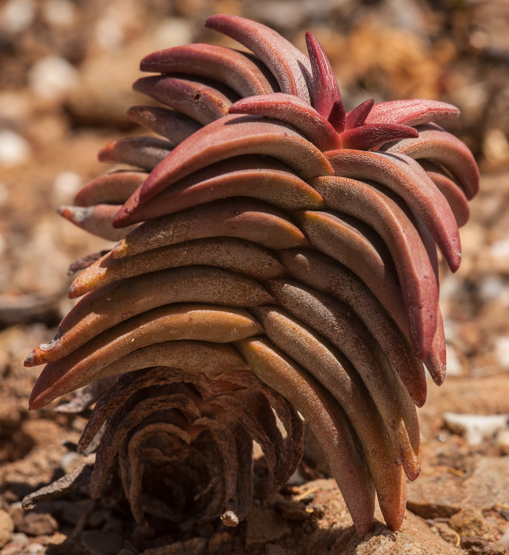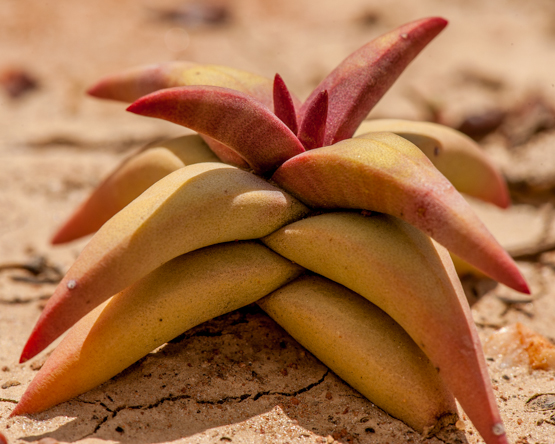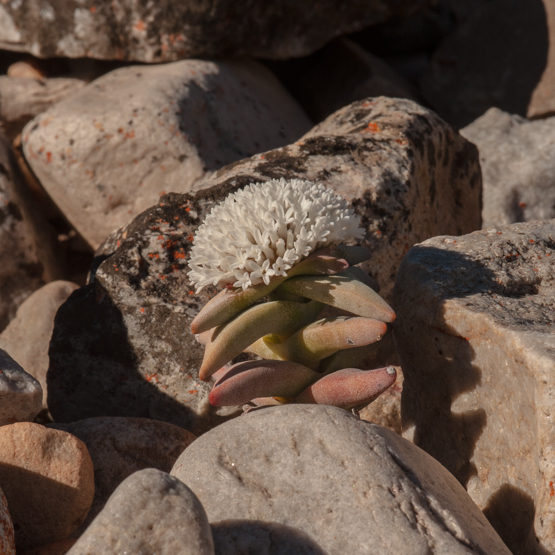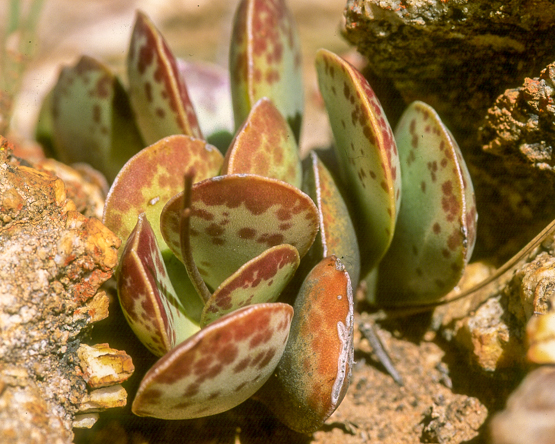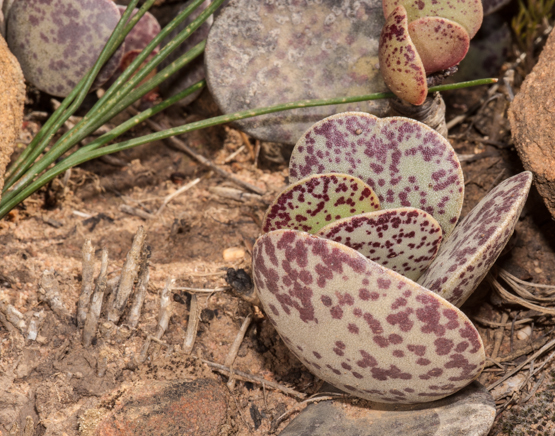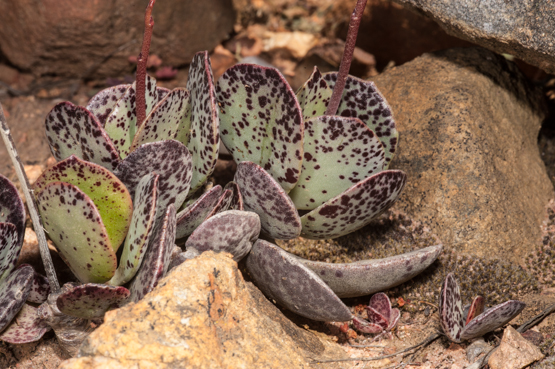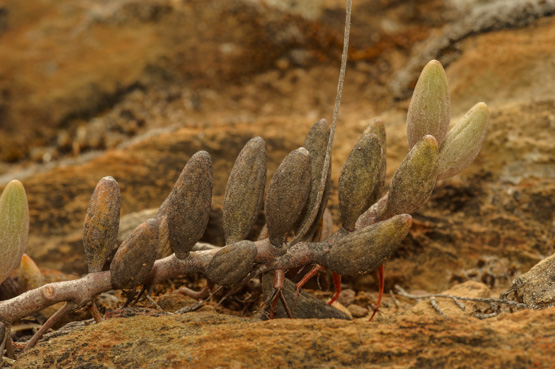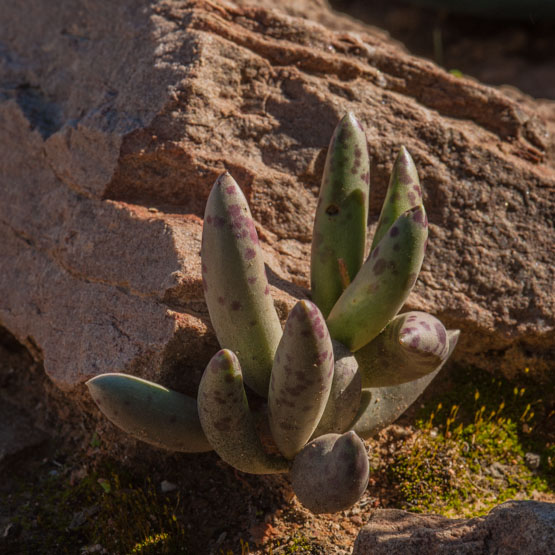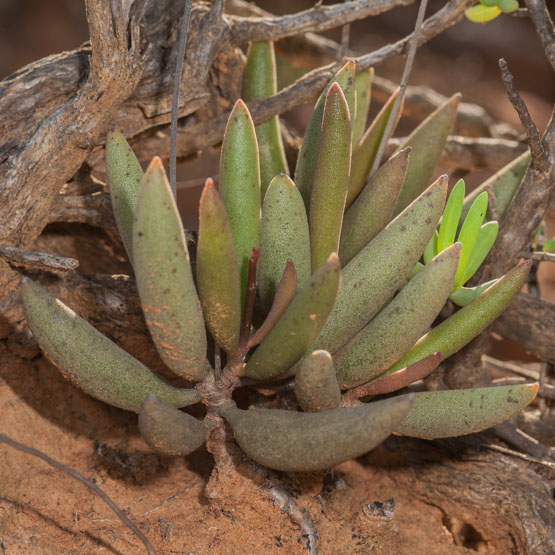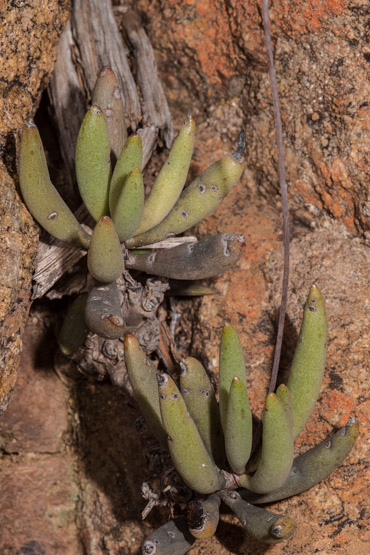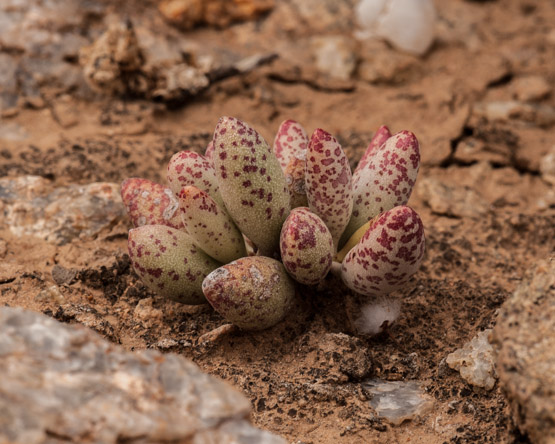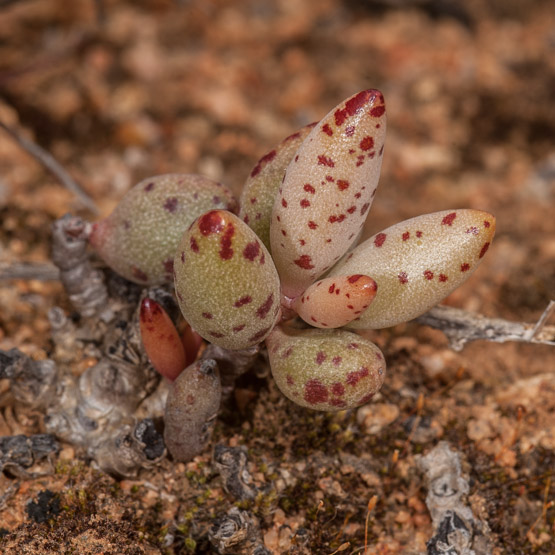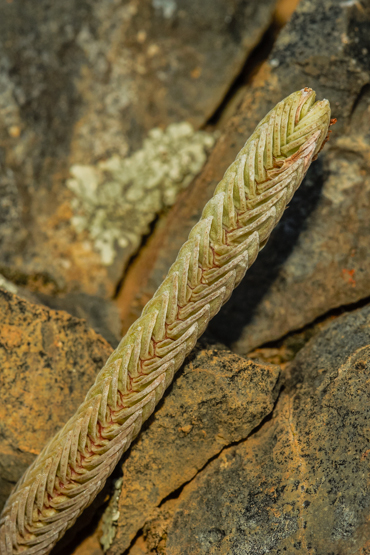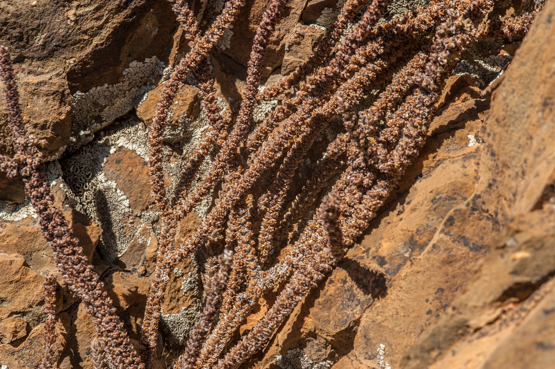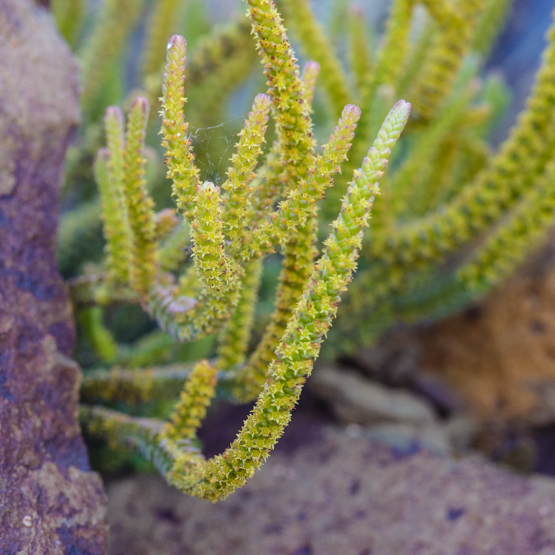Just for a change: just pictures and names. Hopefully a measure of inspiration will compensate for the lack of information.
Let’s start with some Crassula’s.
1 C. arborescens ssp. arborescens
2,3 C. barbata ssp. barbata
4 C. mesembryanthoides ssp. mesembryanthoides
5 C. nudicaulis v. platyphylla
6 C. perfoliata var. minor
7,8 C. perforata
Tag: Crassulaceae
Adromischus leucophyllus
With their leaves covered with a thick white bloom, these plants are both distinctive and beautiful. Sometimes the leaves have some darker spots.
The flowers are white or pale pink and appear in Jan.-Feb. (The flowering plants were photographed 9 February at Kanonkop in Montagu).
One can find the plants on sandstone slopes in the mountains between Robertson and Montagu and eastward to the Gamka Poort Dam.
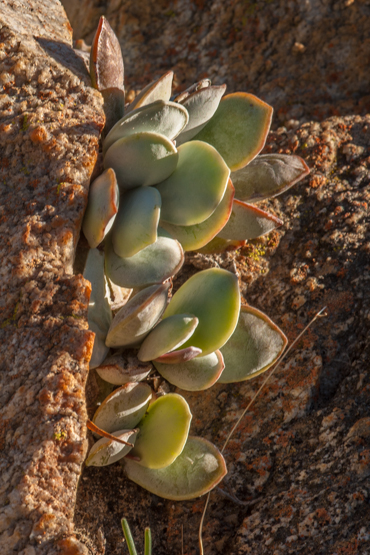
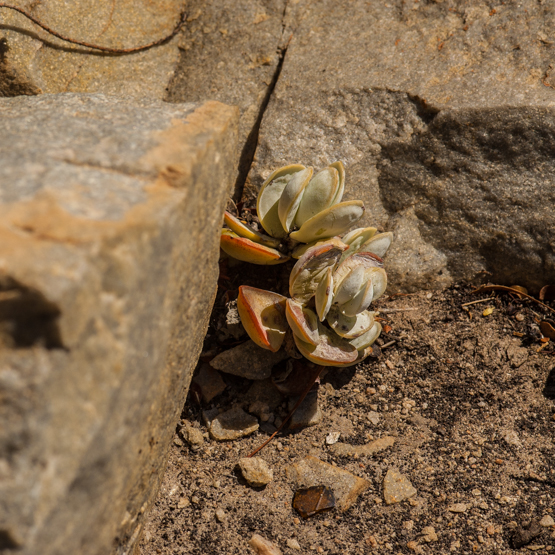
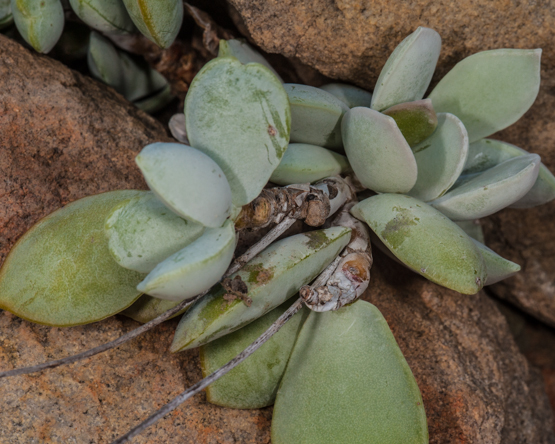
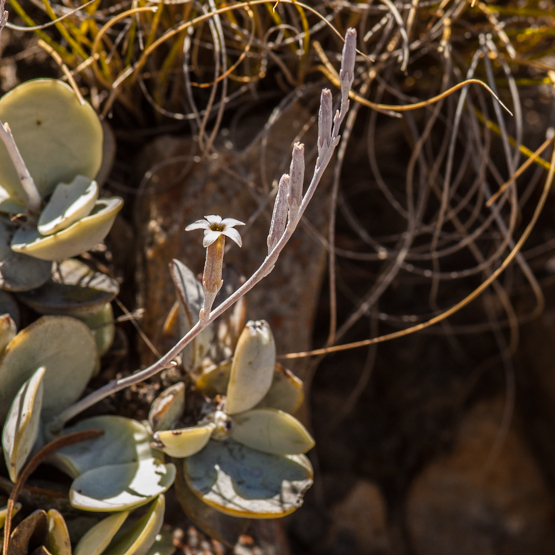
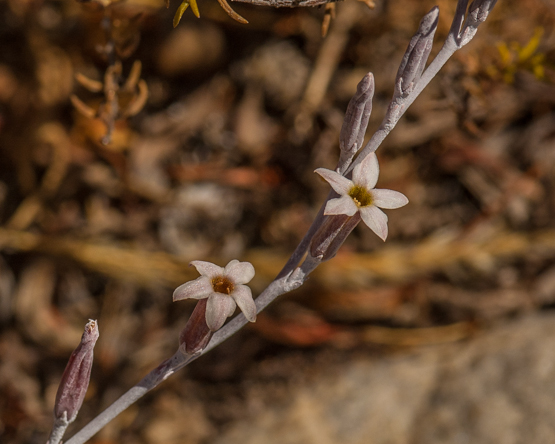
Cotyledon barbeyi
There are not many plant species that occur from South Africa to the Arabian peninsula, but this is one of them. The photos in this post were taken in the mountainous Shikh area in Somaliland (see first picture). In years gone by I also saw quite a few of these plants in Yemen, but strangely enough I never came across them in South Africa.
The shrubs may be up to 2 m tall. The colour of the calyx is described as green and that of the corolla as dark orange to red, rather different from what we see here. However, as Van Jaarsveld and Koutnik remark in their “Cotyledon and Tylecodon”, the corolla inflation between the calyx lobes is diagnostic, so that should remove any possible doubts about the identification.
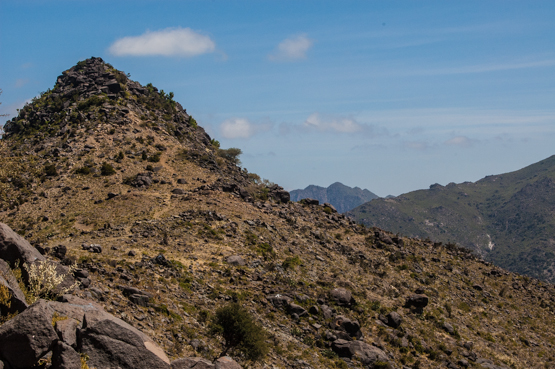
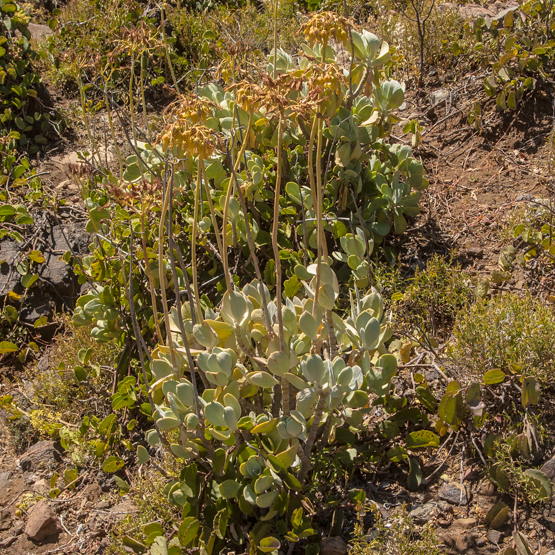
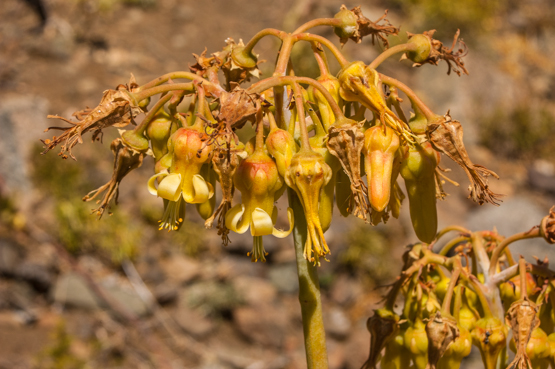
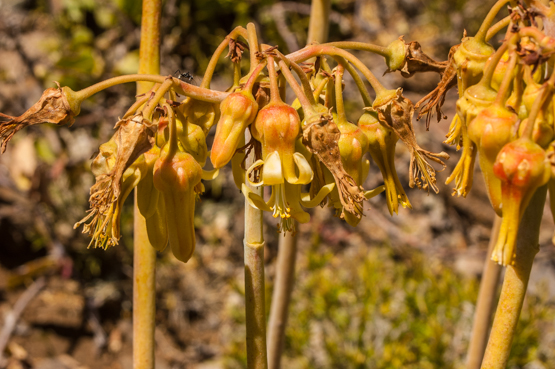
Crassula congesta (2)
In his revision of the genus Crassula (see yesterday’s post), Toelken makes the following remark with regard to the 2 subspecies: “…it is significant that each one can be identified without hesitation. No plants with intermediate characters have been recorded..”
To my mind, there is little doubt that the next picture shows ssp. congesta.
But the plants in the next two ones look like intermediate forms to me.
The last picture was taken just south of Calitzdorp and shows what I think is a hybrid between Crassula congesta ssp. laticephala (which was not found on this particular spot, but does occur in the general area) and C. columnaris (which was growing close by).
Crassula congesta (1)
In 1985, Volume 14 of the Flora of southern Africa was published, in which H. R. Toelken dealt with the familie Crassulaceae. His description of Crassula congesta starts with the word “Biennials”. In other words, plants that germinate and grow in the first year, and flower and set seeds in the second year, after which they die.
So far so good, but … A couple of years before (1977), “A revision of the genus Crassula in southern Africa” by the same botanist had been published by the Bolus Herbarium. In this publication it is stated that:
“These plants are described as biennials but this is true only under favourable conditions. In the field, the plants often become much older before they flower but usually the whole plant dies after flowering. The plants are usually monocarpic * but regeneration after flowering may sometimes occur, but usually only when the plant has been injured and/or if the terminal inflorescence was cut of”.
* A monocarpic plant flowers only once and then dies after the seeds have ripened.
There are two subspecies:
ssp. congesta, which has leaves that are curved upwards and is found North and Northeast of the Witteberge and
ssp. laticephala, with the leaves curved downwards and occurring Southeast of that mountain range, as far East as Oudtshoorn.
In this post only pictures of the latter subspecies are shown.
Adromischus maculatus
In spite of its name, the green to greyish-brown leaves in this species are not always spotted.
The plants are found on high sandstone slopes and outcrops in the Langeberg Mountains, from the Worcester area to north of George and along the Swartberg Mountains from Prince Albert to around Uniondale as well as near Beaufort West.
The horny margin that runs all around the leaf is a useful character to distinguish the species from similar ones, esp. A. triflorus.
Adromischus filicaulis (part 2: ssp. marlothii)
The only substantial difference between the two subspecies seems to be the fact that ssp. marlothii has stilt-roots. Other differences are more a matter of gradation. The first picture represents what to my mind is the most common (and not terribly attractive) form.
This subspecies is found mainly in the Little Karoo and adjacent areas (from Worcester to east of Oudtshoorn), but occasionally also on the Knersvlakte. It prefers dry rocky slopes, usually in the shade of rocks or other plants.
Adromischus filicaulis (part 1: ssp. filicaulis)
Crassula muscosa var. muscosa (2)
Crassula muscosa var. muscosa (1)
The great Linnaeus himself described this species way back in 1760. The adjective muscosus means moss-like, which is certainly an apt name for some of the many guises in which this species comes.
In var. muscosa the branches are usually 20-40 cm long (sometimes up to 80 cm) and upright, creeping or scrambling. An old synonym for it is Crassula lycopodioides, referring to Lycopodium or clubmoss. This variety is found from southern Namibia to South Africa’s South coast, but is especially widespread in Namaqualand and the Great Karoo and neighbouring areas. Even within this one variety (there are four in total) one comes across a great number of different forms. In the wild the leaves are generally greyish green to brown; in cultivation one also finds other colours.
The plants often grow in very dry spots. The same thin and densely leaved branches that make them look so delicate, seem to be rather effective in condensing dew and fog and channeling this moisture to their roots.
